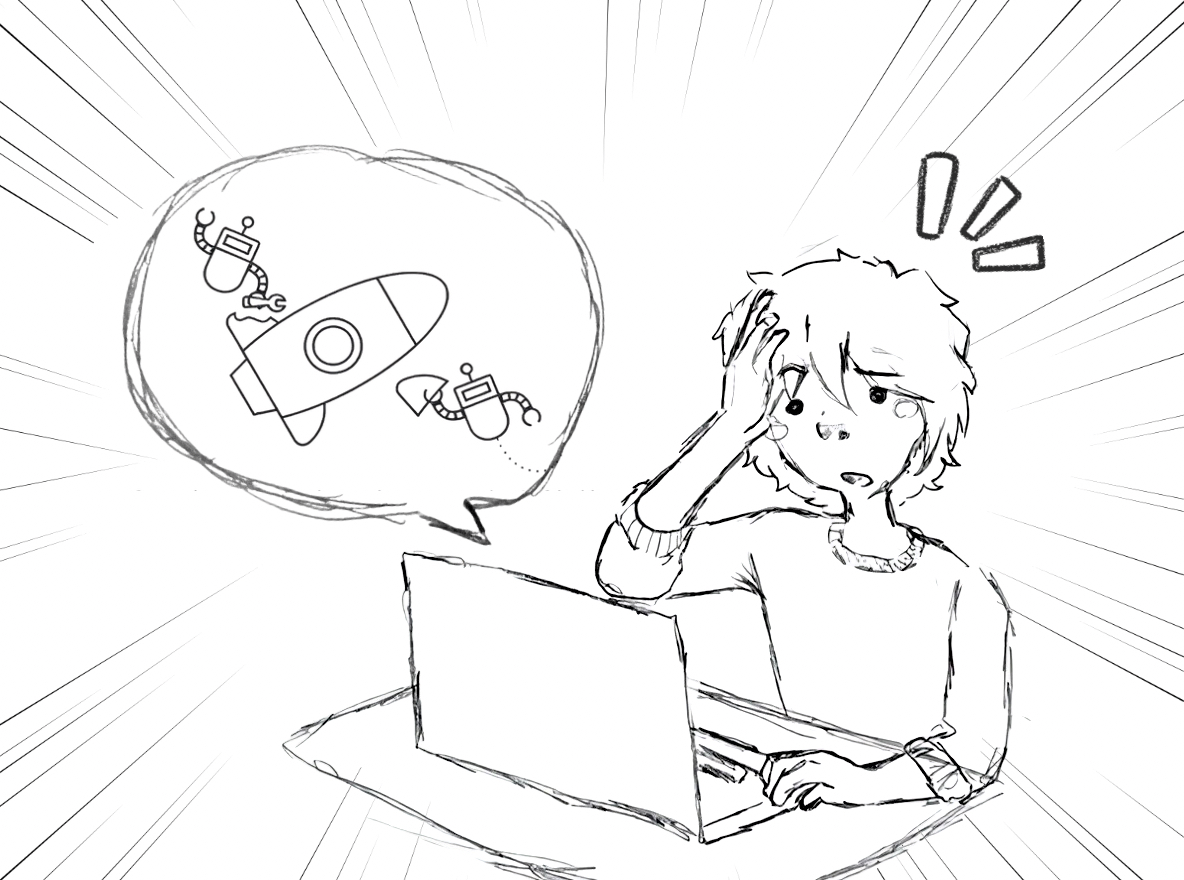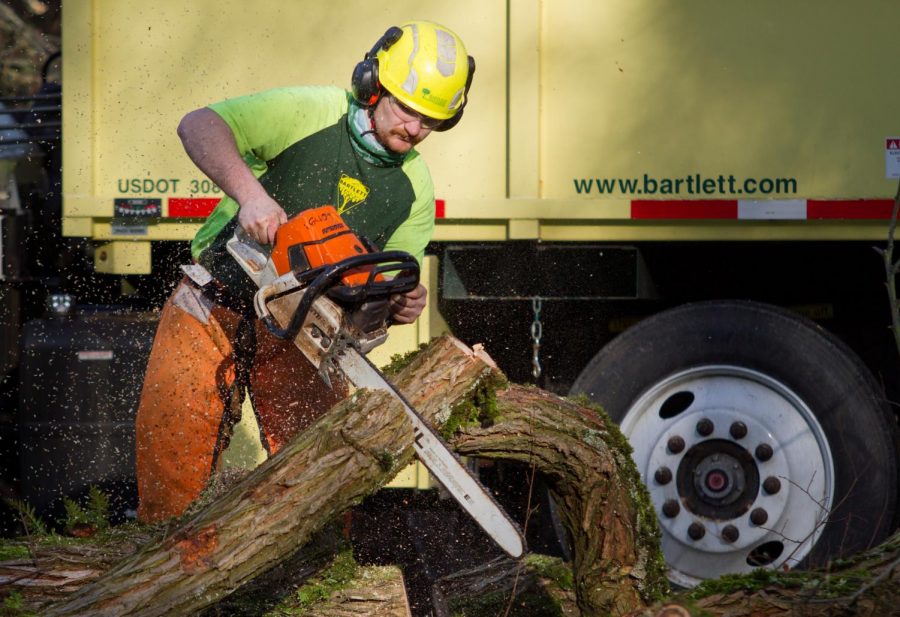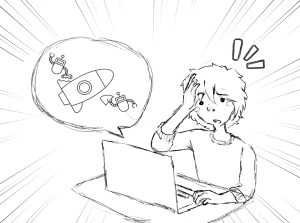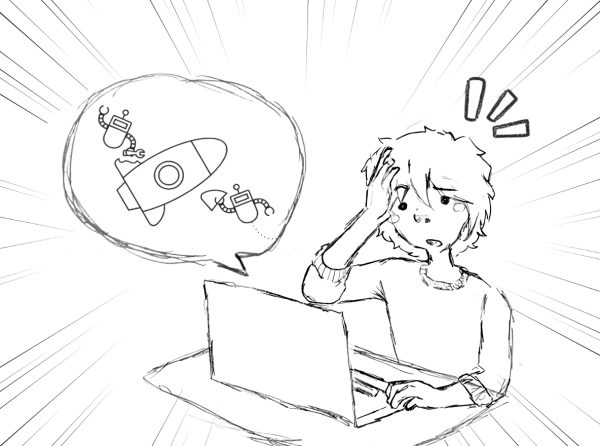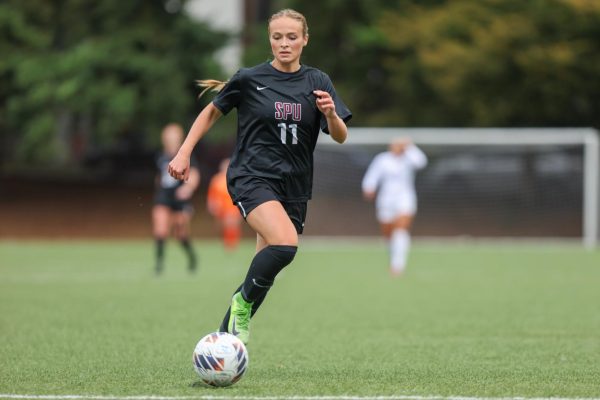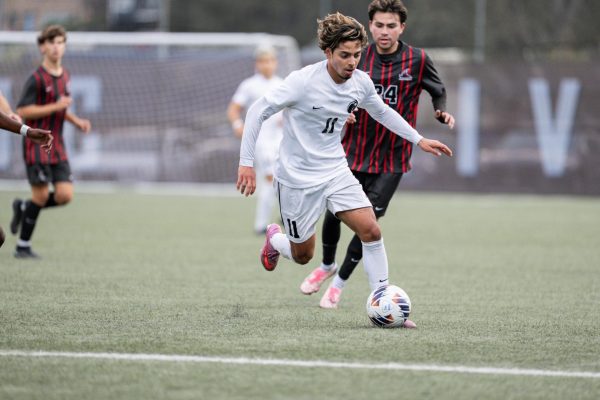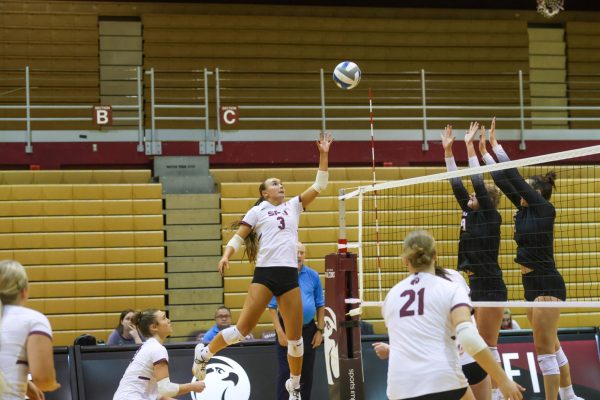Arborist examines fallen tree near SUB
Principal Arborist, Scott Baker, reveals why century old elm fell
January 20, 2021
Following the fall of the tree next to the Student Union Building on Jan. 13, a cleanup crew removed all but the stump, and Scott Baker, Principal Arborist at Tree Solutions Inc. examined the remaining debris to find out what caused the elm to uproot.
Baker has worked with Seattle Pacific University since 1999 and is very familiar with the trees on campus. Baker has a long history with the elm tree, and he remembers noticing that it needed management.
“You look at the sidewalk and you can see even the sidewalk soil was so compacted that the root system basically stopped,” said Baker.
Baker examined the exposed roots of the tree’s remains and found where a design flaw in the building had damaged the tree.
“When they built this building, they completely severed the root system of the tree,” said Baker. “They built a building through the layer of soil where roots could possibly exist, and they compacted the soil on the edge of the building for sidewalks, et cetera, so they limited the root system of this tree as if it were in a pot.”
Baker said that the tree was around 110 years old and the student union building was built in the 1960s, meaning the remaining roots spent approximately 60 years growing and adapting around compressed river rock beneath the pavement.
Trees are often kept for aesthetic-purposes during construction projects, but Baker said that generally, people don’t understand trees, and this can result in consequences coming decades down the road.
“This tree is a perfect example,” said Baker. “On a campus like this, campus management likes the sort of magazine cover, garden-style kind of look, but particularly managed lawns are ecologically very different from trees,” said Baker.
Baker said most people tend to treat their lawns like vacuuming their living room carpet. They remove the debris that falls from surrounding plants and trees, but that debris is what absorbs into the earth and turns into soil.
The soil in managed lawns are bacterially dominated, but trees rely on the presence of fungi. They also tend to get over-watered during the process of lawn maintenance, which leads to over-average growth of the tree, making pruning and tree management more complicated.
“It’s really tough to see it go,” said Baker. “I really don’t think there was anything that we could have done more than we had because it’s not practical… and it would be impractical to prune the tree much harder than we had.”
The canopy of the tree was wound with cables for structural support as are several other trees on campus. Because of the way the canopy fell over the roof of the student union building, removing too little during the pruning process would cause the canopy to fall into the building, but removing too much would be too visually unappealing.
Baker said that between the building structure and the tree being difficult to work around, the elm falling was inevitable. They did all they could to maintain and manage the tree, but it was just a matter of time before the tree eventually perished.
“I remain hopeful about things,” said Baker. “I think this is a good lesson for people to learn about the history of the campus and to start planting more trees for the next 100 years of Seattle Pacific University.”

